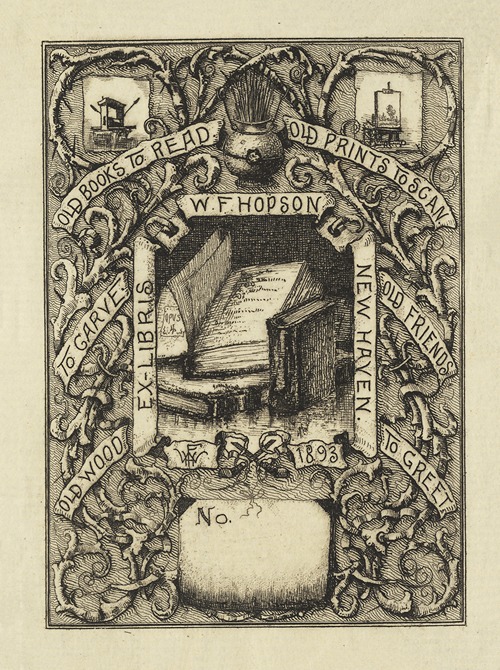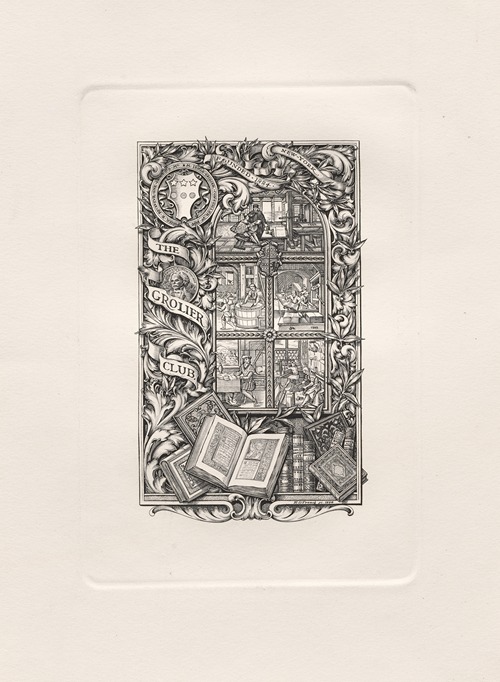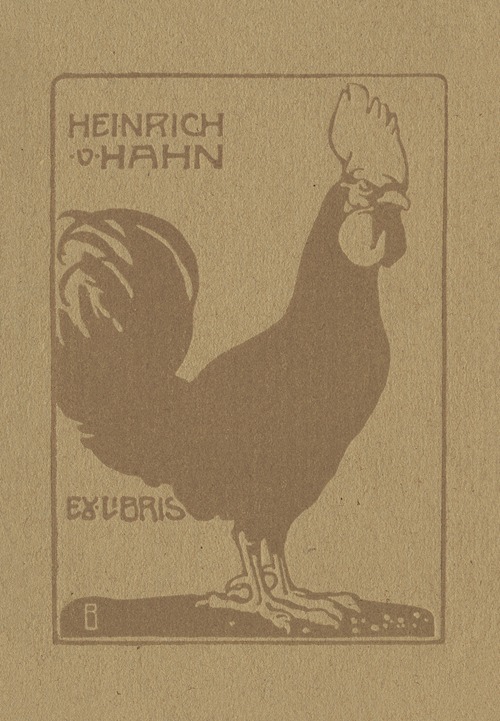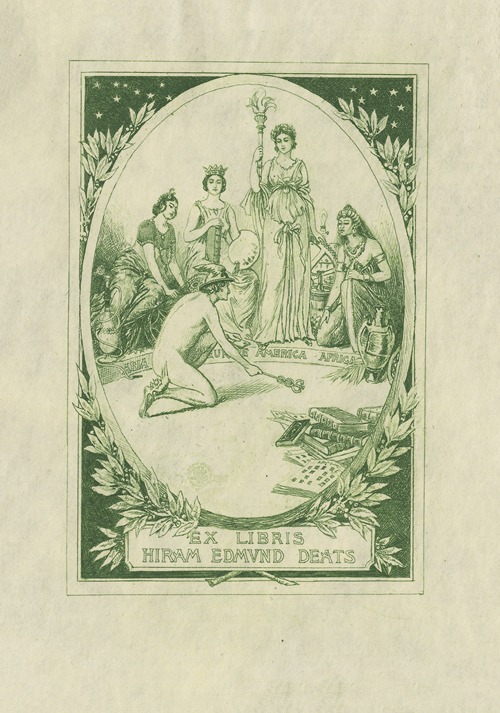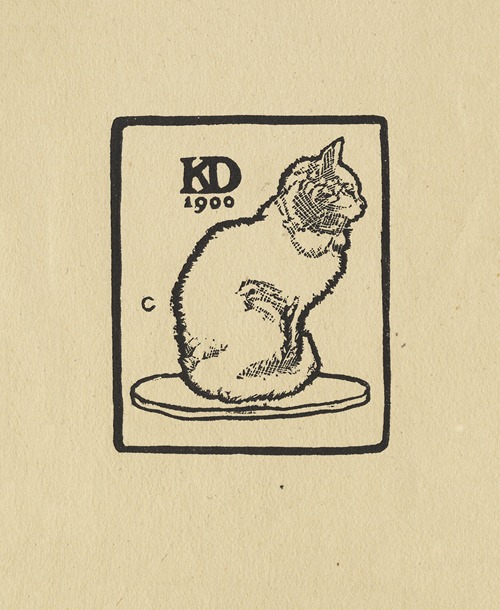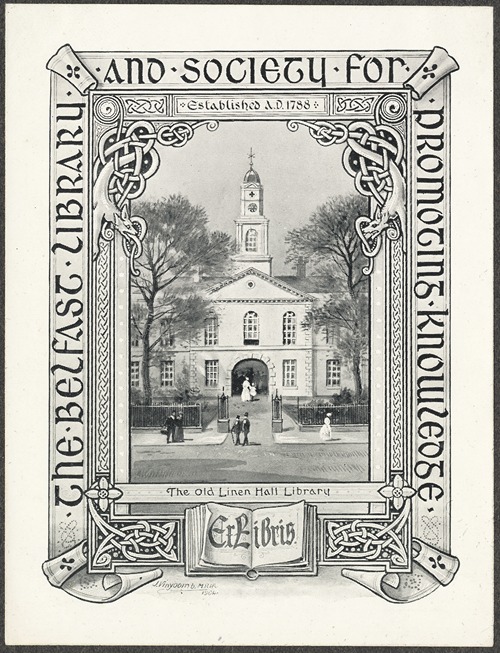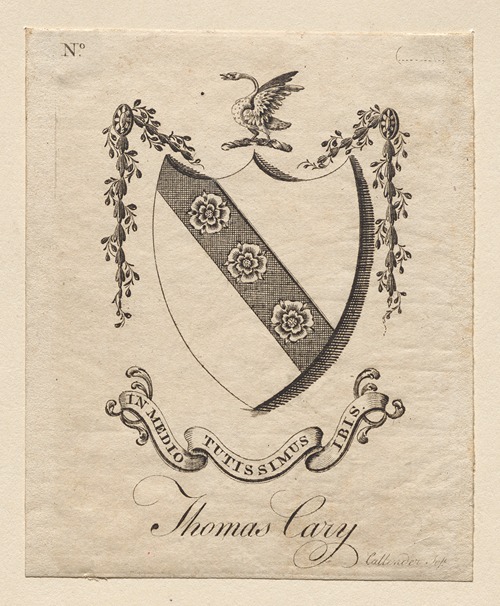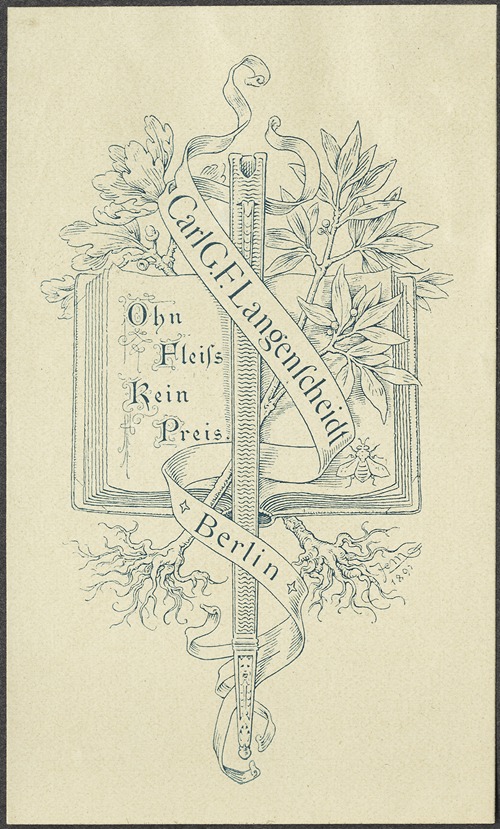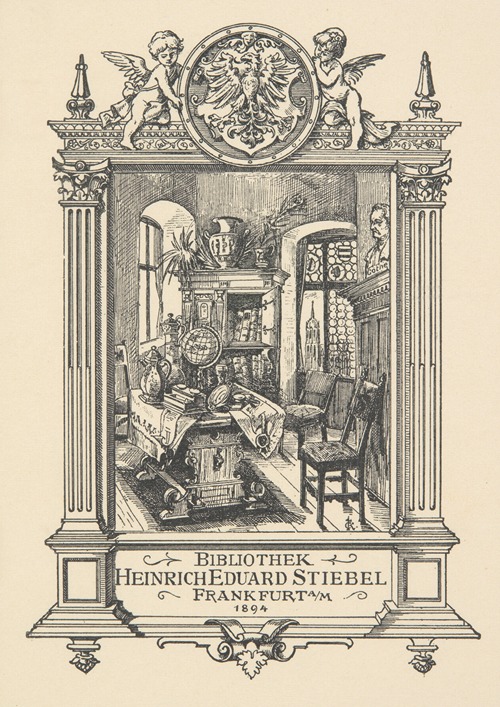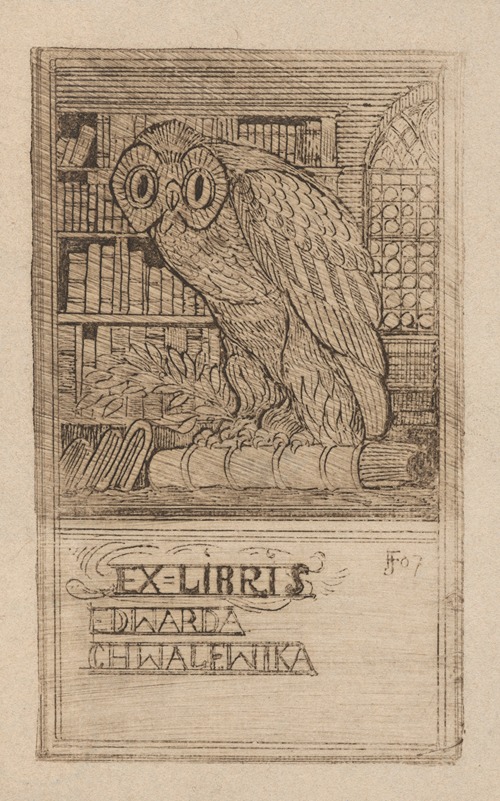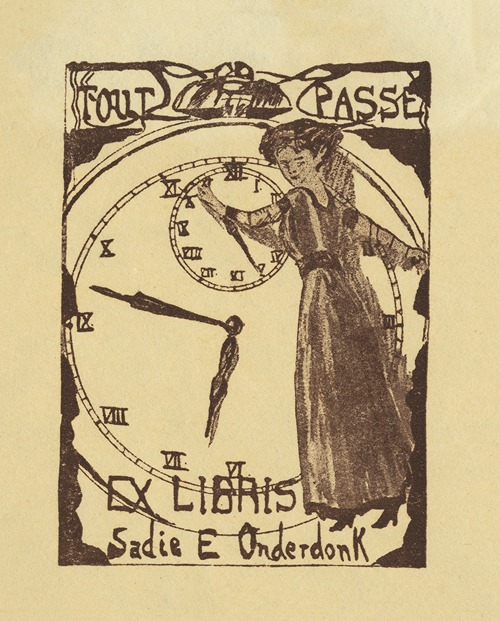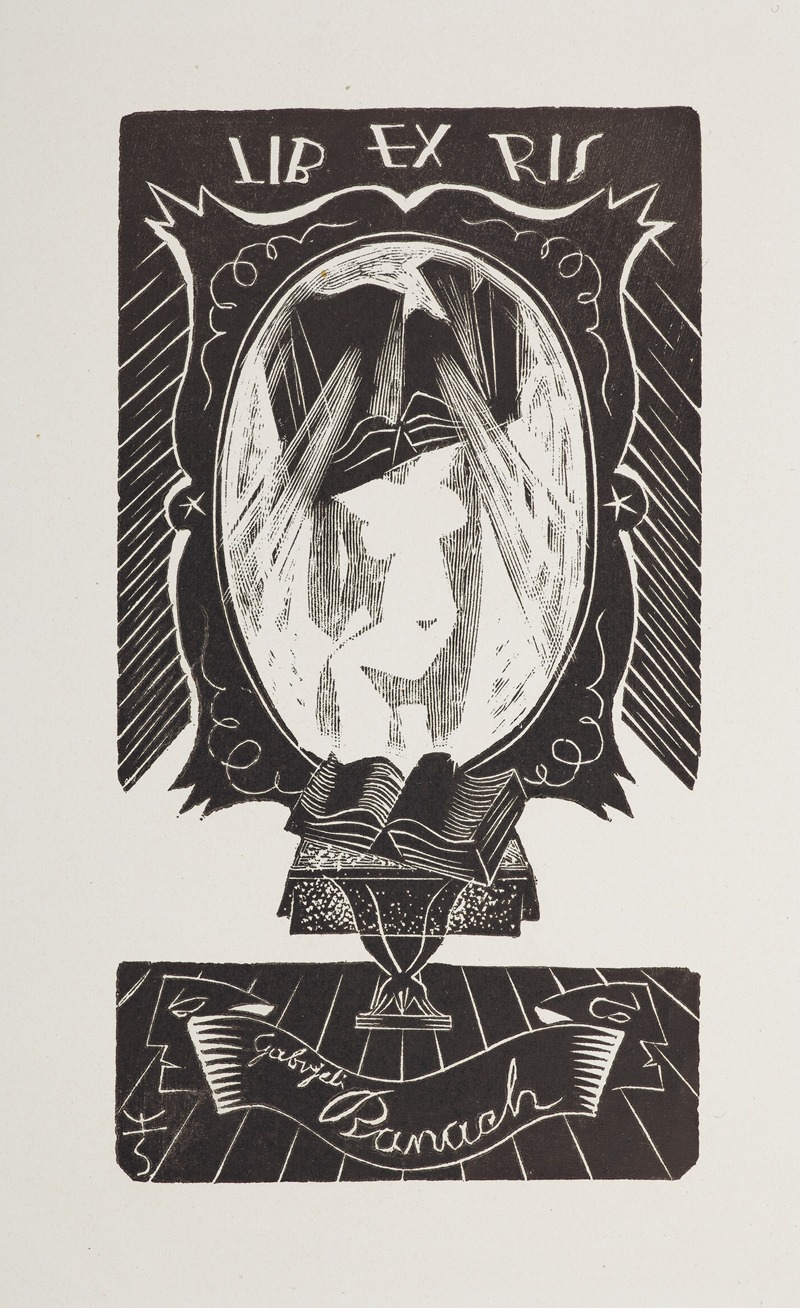
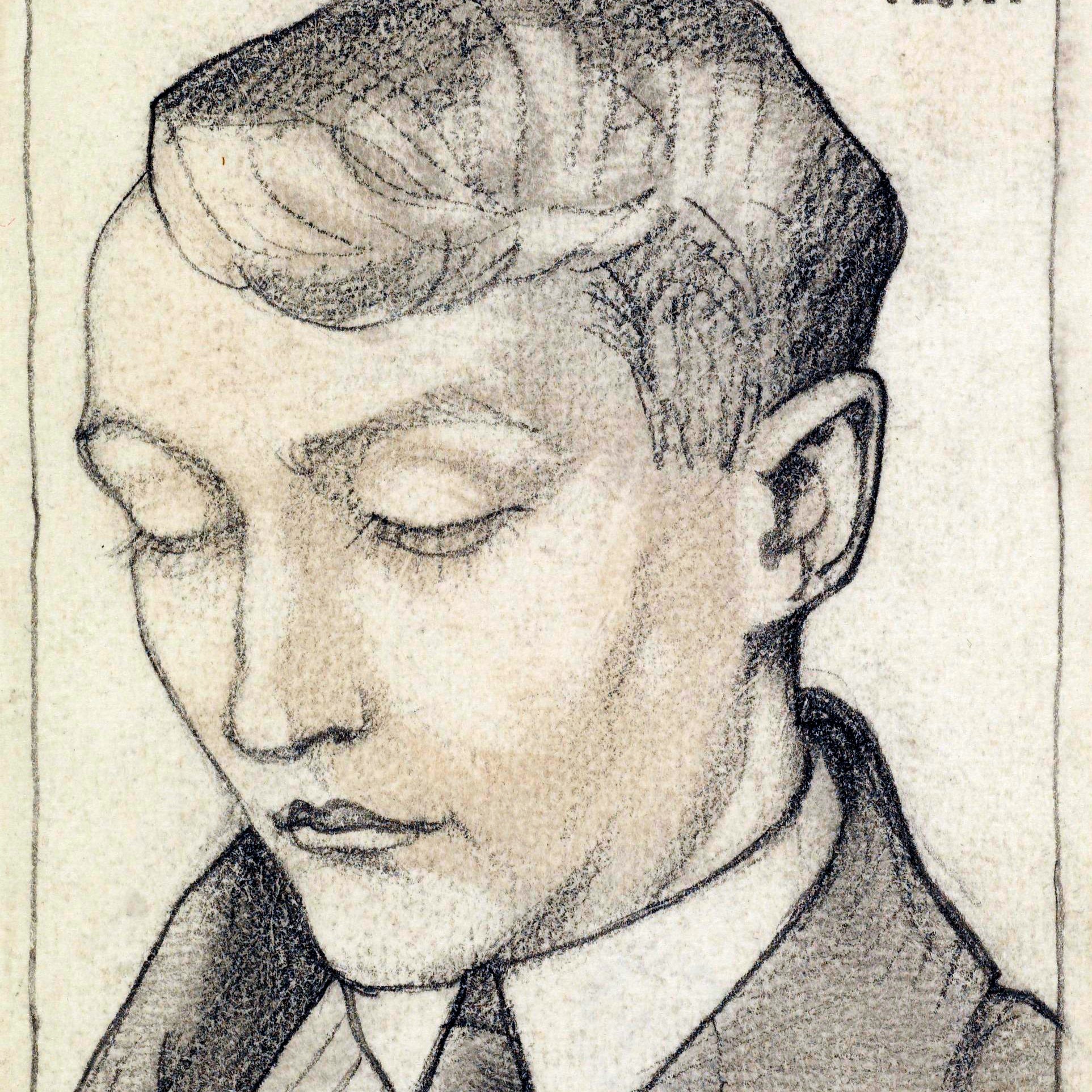
Tadeusz Cieślewski was a Polish graphic artist, sculptor, and writer.
Son of Tadeusz, painter, and Józefa née Almakiewicz. He graduated from the Emilian Konopczyński Real Gymnasium in Warsaw. After graduating, he studied at the Lviv Polytechnic (1913–1914) and at the Faculty of Architecture of the Warsaw Polytechnic (1916). From 1915 to 1917, he was a section commander in the Polish Military Organization. From 1916, he studied sculpture under Edward Wittig, painting under Tadeusz Pruszkowski, graphic arts under Władysław Skoczylas, and commercial graphic arts under Ludwik Gardowski at the School of Fine Arts in Warsaw. He was president of Bratnia Pomoc (Mutual Aid).
In 1917, he interrupted his studies and volunteered for the Polish Army. He was promoted to second lieutenant. In 1922, he was awarded the Cross of Valour. In the same year, he transferred to the reserves and, between 1923 and 1925, completed his studies at the SSP.
In 1925, he co-founded and then became a member of the “Ryt” group, and from 1927 he was a member of the Association of Polish Graphic Artists, from 1934 of the Professional Artists' Block, and a year later of the “Czerń i Biel” group, and from 1936 of the Polish Bibliophiles' Society in Warsaw. He was also a member of the Warsaw University of Technology's architecture students' association and the Artistic Culture Enthusiasts' Circle. Professionally, he organized art exhibitions and vernissages. He practiced graphic arts (approx. 200 woodcuts, linocuts, metal techniques) and applied arts (book illustration, ex-libris), as well as painting and drawing. He participated in international exhibitions in Berlin, Milan, London, Florence, Paris, Brussels, and in the US in Los Angeles, Chicago, and New York.
He wrote three novellas and was a columnist. He wrote for the magazines Ziemia, Wiadomości Literackie, Pion, Grafika, Walka, Jutro, Kwadryga, Jutro pracy, Krak, and Sztuki Piękne. He was also an illustrator of books and magazines. He designed a commemorative plaque in honor of Stefan Okrzeja placed on the walls of the Warsaw Citadel, the Paszkowski family tomb at the Powązki Cemetery in Warsaw (plot 45), and a monument to the fallen soldiers of the 9th Infantry Regiment of the Legions in Zamość.
During World War II, he worked as a waiter, but in the underground he taught drawing and graphic design. He died during the Warsaw Uprising, and a significant number of his works were destroyed in a fire in his studio. He is buried at the Powązki Cemetery (plot 181-4-15,16).

